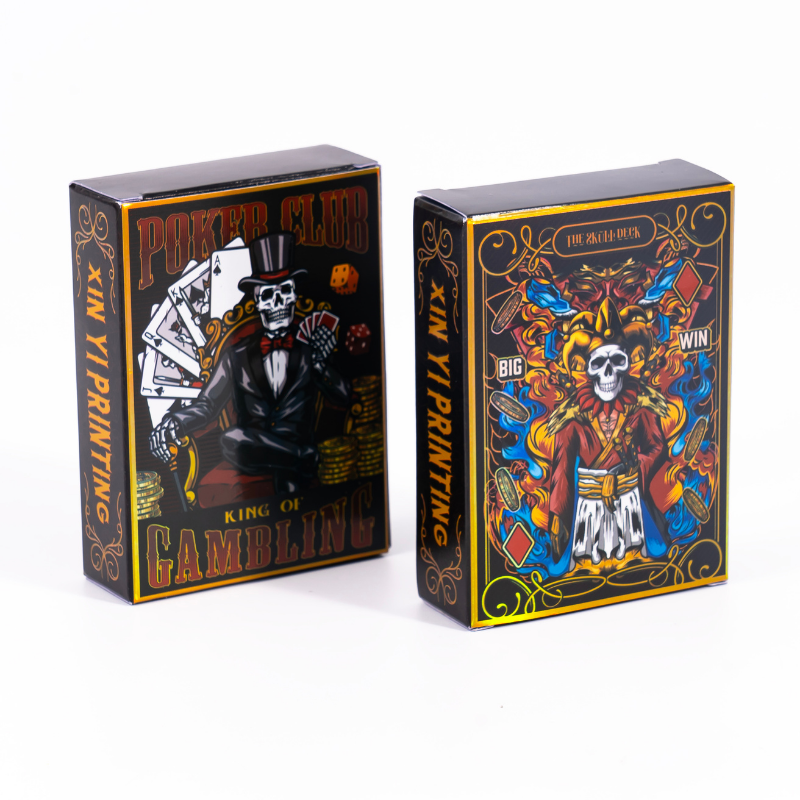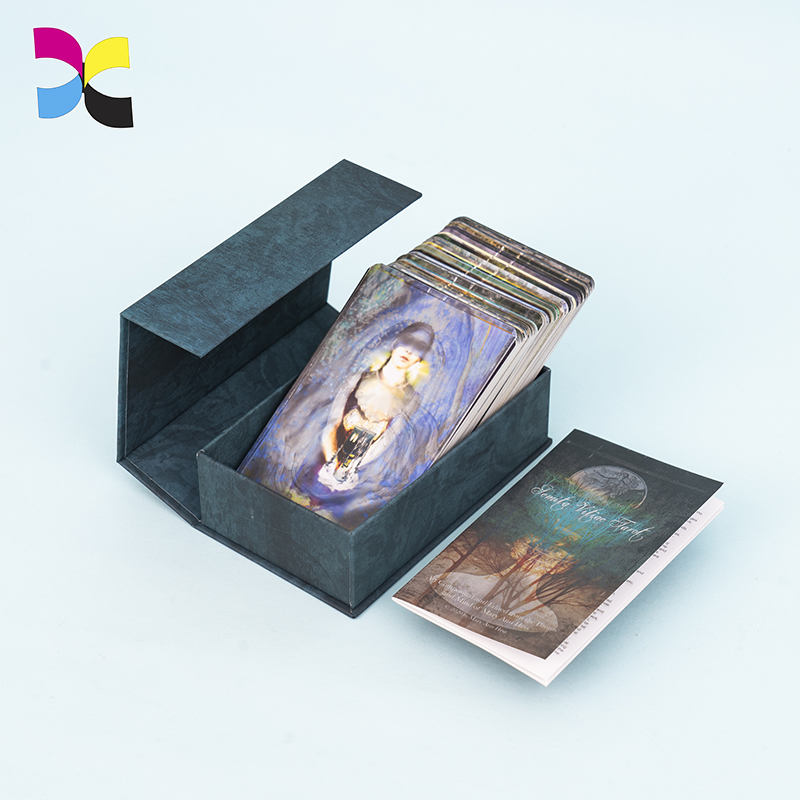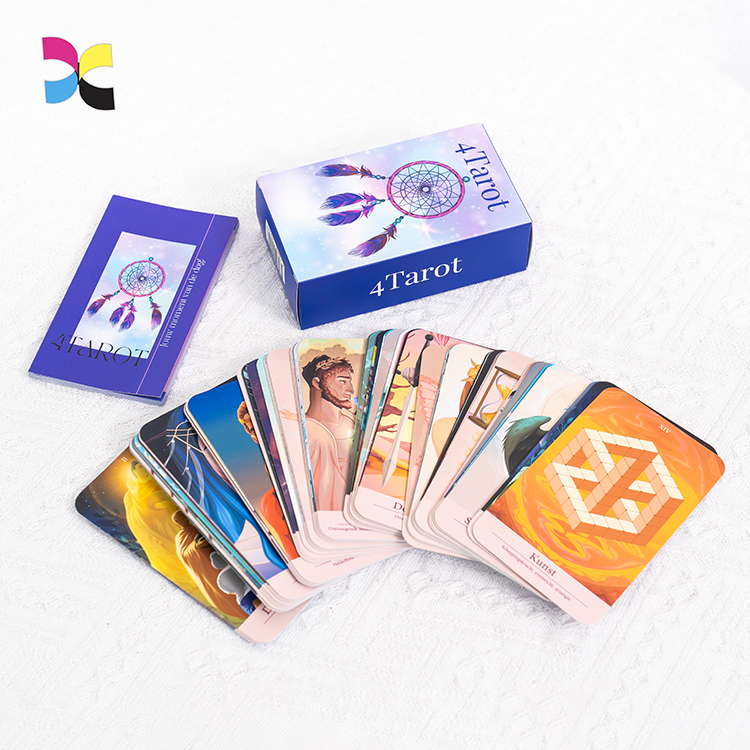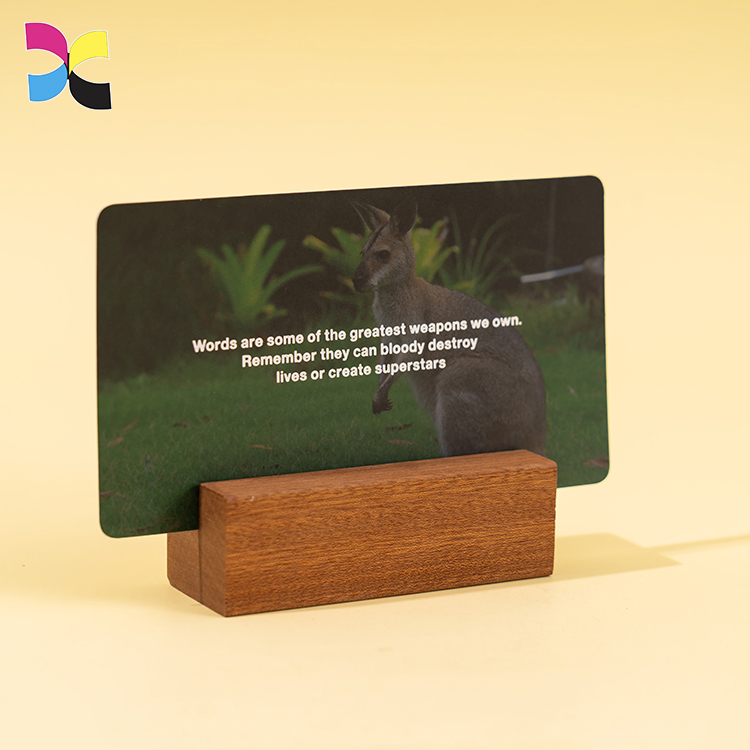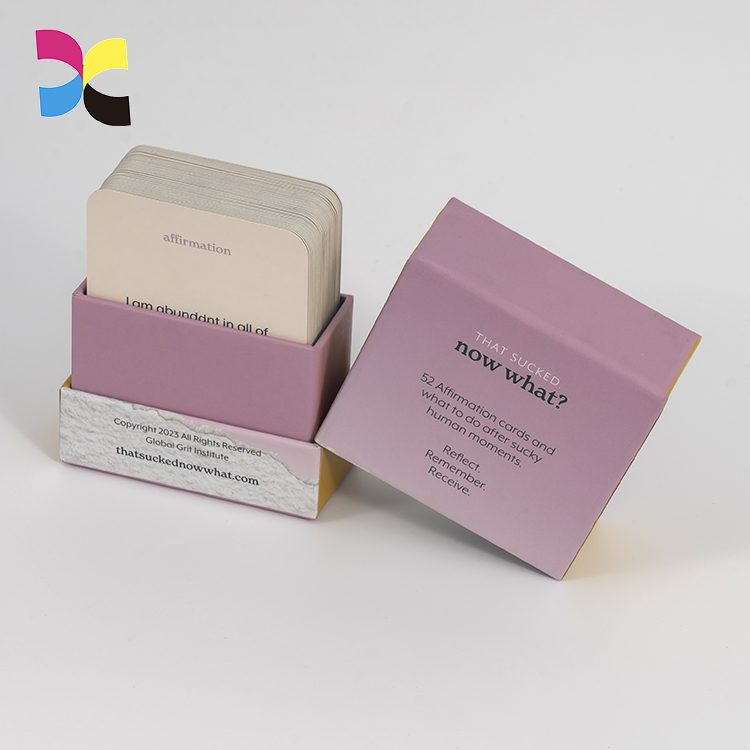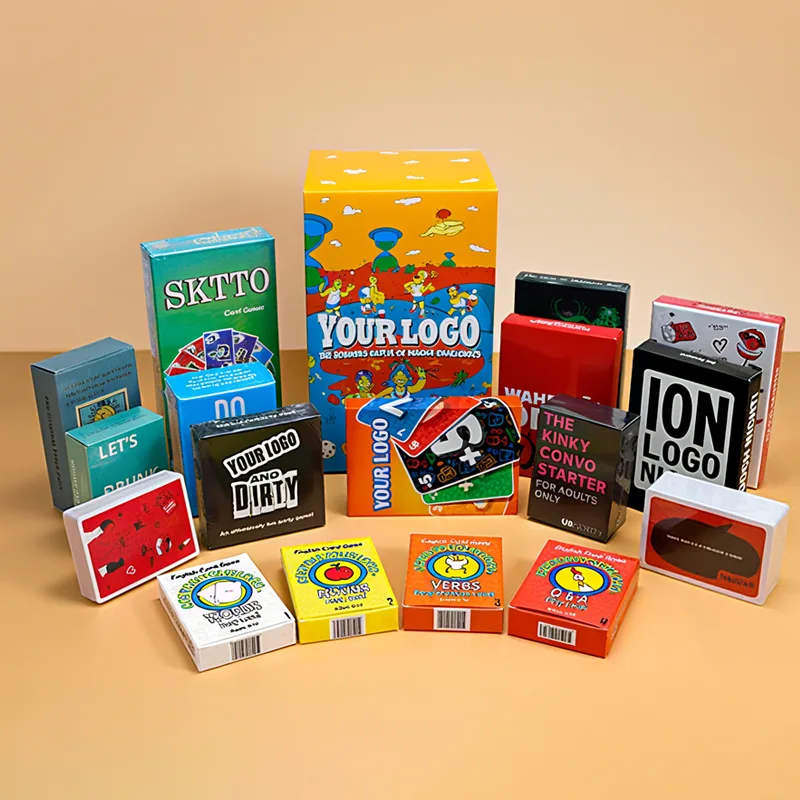Las tarjetas coleccionables han captado el interés de millones de personas en todo el mundo., from casual fans opening packs for fun to serious collectors hunting rare, high-value items. Whether you’re just starting your journey or looking to deepen your understanding, this guide will break down everything you need to know about trading cards including their types, special variations, boxes, and collection strategies. Como fabricante profesional de impresión de tarjetas personalizadas, we’ll also share insights into authenticating, storing, and even customizing your own cards.
What Are Trading Cards and Why Do People Collect Them?
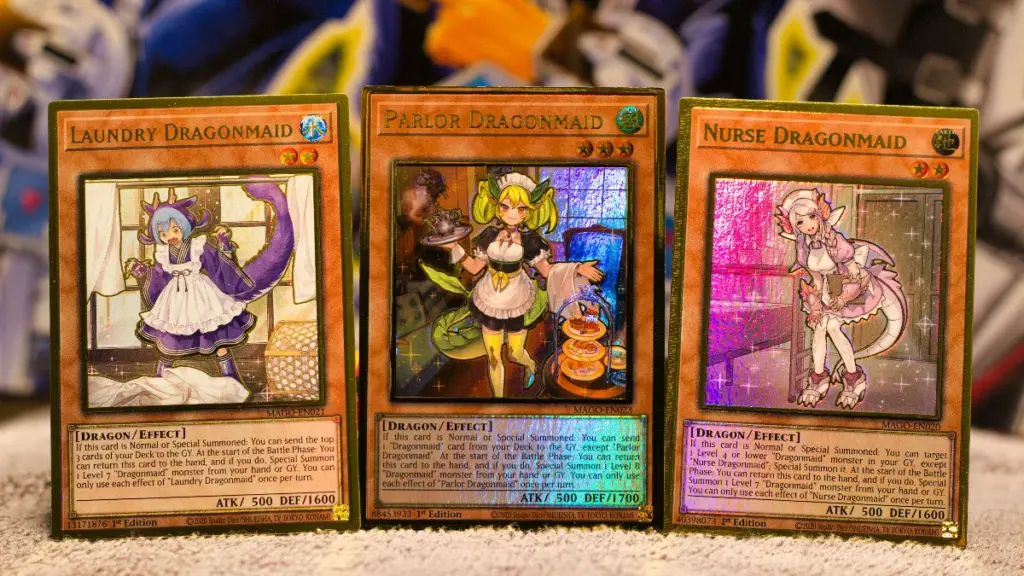
Trading cards are small, collectible cards that feature images, stats, or information about specific subjects—like sports athletes, fantasy characters, or artworks. People collect them for multiple reasons:
- Nostalgia and enjoyment: Many fans grew up opening packs of Pokémon, Magic: The Gathering (MTG), or sports cards. The act of opening a pack brings back memories and excitement.
- Game purposes: Some cards are used in trading card games (TCGs) and collectible card games (CCGs), where players build decks and compete strategically.
- Investment potential: Certain cards, especially rare or signed ones, can increase in value over time. Por ejemplo, a first-edition Pokémon Charizard card can fetch over $200,000 at auction today.
An OVmiriñonalVimiw OF DiFFmiriñonalminorteT TYpagmis OF Triñonaladinortegramo Cariñonalds
| Card Type | Definition / Description | Key Features / Notes |
| Sports Cards | Feature athletes from sports like baseball, basketball, football, or soccer. | Include stats, career highlights, and photos; rookie cards are highly valued; appeal to fans and investors. |
| Non-Sports Cards | Focus on entertainment, movies, TV shows, or pop culture icons. | Include artwork, trivia, or behind-the-scenes info; attract collectors interested in design and fandoms. |
| Trading Card Games (TCGs) | Cards used for games such as Pokémon TCG, Yu-Gi-Oh!, MTG. | Have unique stats and abilities; rarity levels from common to ultra-rare; influence gameplay and collection value. |
| Collectible Card Games (CCGs) | Similar to TCGs but focus more on storytelling or world-building. | Cards help complete storylines or unlock character arcs; often released in expansion sets. |
| Art Cards & Tarjetas personalizadas | Cards highlighting visual creativity or custom designs. | Include original illustrations, limited editions, or promotional/custom cards for brands/events. |
| Base Cards | Core cards of a set, usually common. | Make up 70–80% of packs; essential for completing sets; not rare but necessary. |
| Insertos | Bonus cards randomly included in packs. | Feature unique artwork or limited editions; appear infrequently (e.g., 1 in 5 packs). |
| Parallels | Alternative versions of base cards. | Different colors, foil effects, or numbering; rarer than base cards; collectible appeal. |
| Autograph Cards | Cards signed by athletes, artists, or creators. | Highly sought-after; authentication can increase value 10–50×. |
| Memorabilia / Relic Cards | Cards containing physical items related to the subject. | Include jersey patches, props, or costumes; highly collectible and often expensive. |
Main Types of Trading Cards Explained
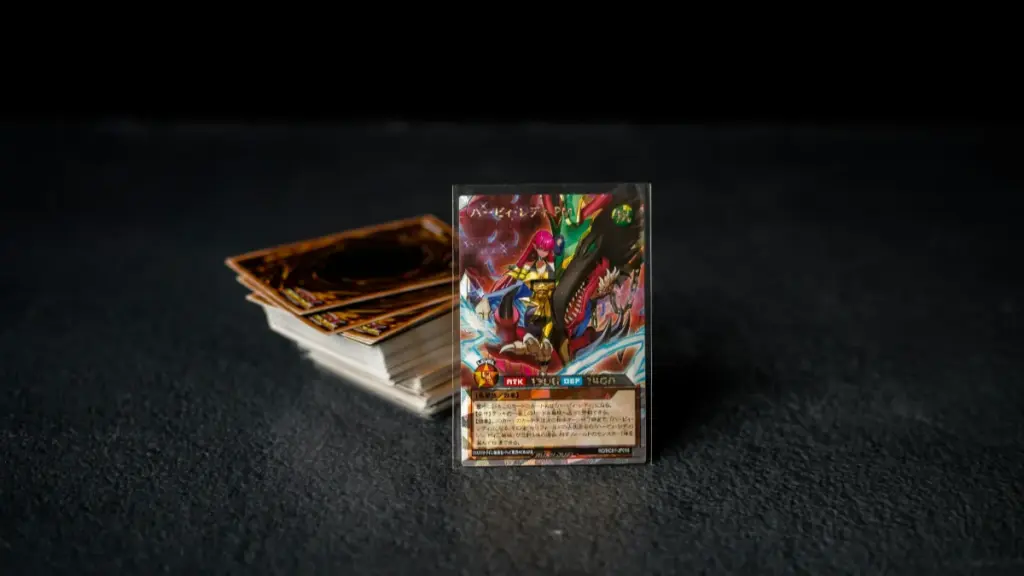
There are many different types of tarjetas comerciales . Let’s explore the main categories:
Sports Cards
Sports cards are perhaps the most familiar type. They usually feature athletes from baseball, basketball, football, or soccer, along with stats, career highlights, and photographs. Rookie cards, or cards of a player’s first professional season, are highly prized. A high-grade 1952 Mickey Mantle baseball card, for instance, can be valued in the millions. Sports cards attract both fans and investors because of their historical and monetary significance.
Non-Sports Cards
Non-sports cards focus on entertainment, movies, TV shows, or pop culture icons. Think of collectible cards for franchises like Star Wars or Marvel. These cards often feature character artwork, trivia, or behind-the-scenes information. Non-sports cards appeal to collectors interested in design, artwork, and niche fandoms.
Trading Card Games (TCGs)
TCGs, such as Pokémon TCG, Yu-Gi-Oh!, and MTG, are designed for play as well as collection. Each card has unique stats, abilities, or effects that influence gameplay. TCG players enjoy opening packs to build powerful decks and trade duplicates with friends. These cards come in different rarity levels, from common to ultra-rare. Rarity affects their collectible value and sometimes their gameplay impact, as some rare cards may have stronger abilities or unique effects.
Collectible Card Games (CCGs)
CCGs are similar to TCGs but may emphasize storytelling or world-building elements more than competitive play. Players collect cards to complete storylines, unlock character arcs, or expand imaginary worlds. These games often include expansion sets, which keep the collection fresh and challenging.
Art Cards & Tarjetas personalizadas
Art cards celebrate visual creativity. They might depict original illustrations, famous artwork, or limited-edition designs. Custom cards are a growing trend, especially for brands, educational institutions, y eventos. Por ejemplo, companies can create custom promotional decks or limited-edition art cards to engage fans and clients.
Special Card Variations and Rare Finds Every Collector Should Know
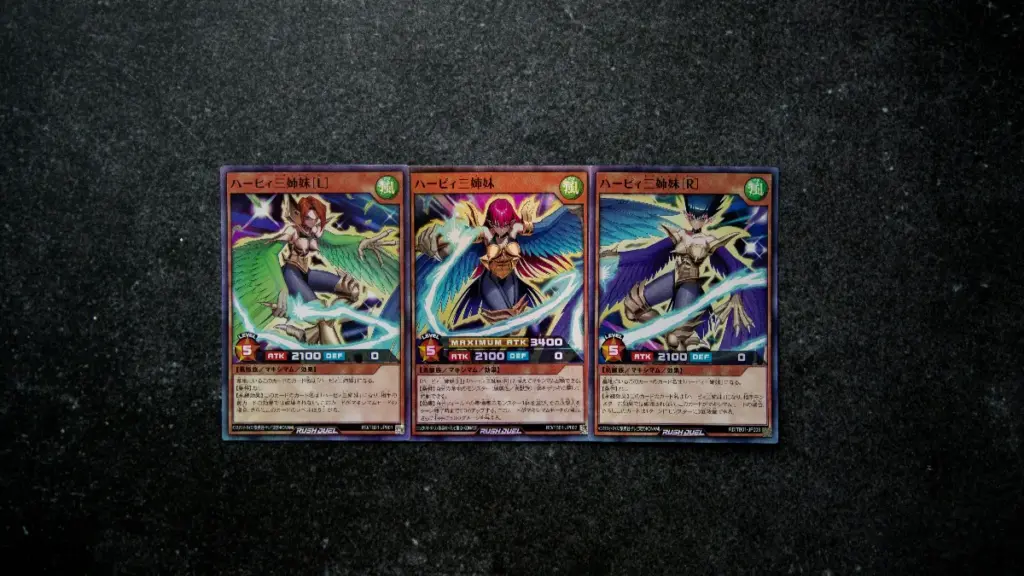
Collectors should understand card variations that make some items particularly valuable.
Base Cards
Base cards form the core of a set. They are usually common, making up 70–80% of packs. While not rare, base cards are essential for completing sets and tracking a collection.
Insertos
Inserts are bonus cards randomly placed in packs. They often feature unique artwork, limited editions, or thematic content. Insert rates vary; for example, a popular Pokémon insert might appear once every five packs.
Parallels
Parallels are alternative versions of base cards with different colors, foil effects, or numbering. They’re often rarer than base cards, which increases their appeal among collectors.
Autograph Cards
Autograph cards feature signatures from athletes, artists, or creators. They are among the most sought-after items in trading card collections. An authenticated autograph card can increase a card’s market value by 10–50 times.
Memorabilia / Relic Cards
These cards contain physical pieces related to the subject, like jersey patches, props, or movie costumes. Memorabilia cards provide a tangible connection to the theme, making them highly collectible and often expensive.
Different Types of Trading Card Boxes and Packs
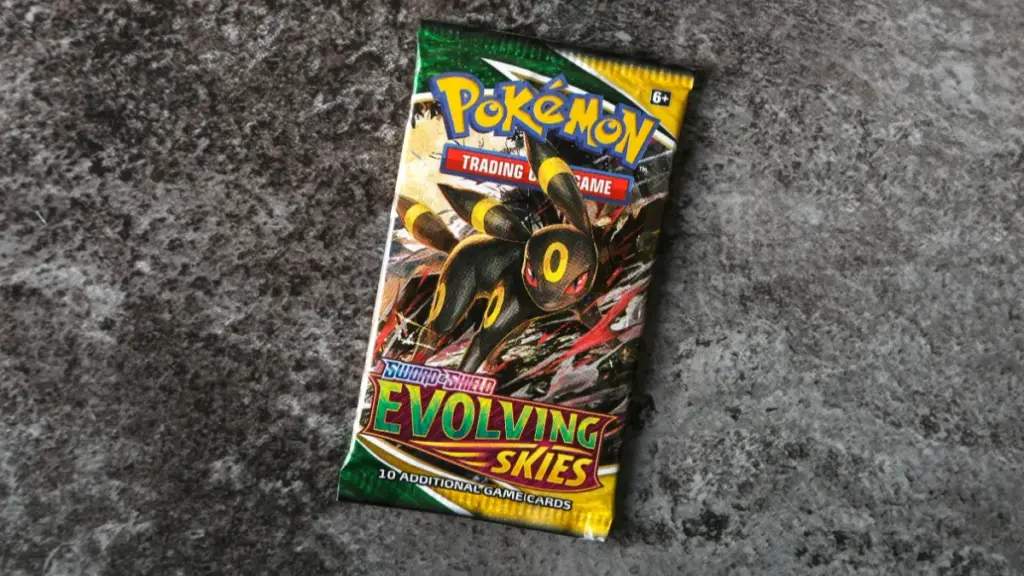
If you’re new to trading cards, the variety of boxes and packs can be confusing. Here’s a breakdown of the main types:
Hobby Box
A hobby box is designed for serious collectors. It usually contains premium cards, higher odds of rare inserts, and special features like foil or holographic cards. These boxes are more expensive than standard retail options but provide a higher chance of pulling valuable or collectible cards. Hobby boxes are best for dedicated collectors who want to focus on completing sets and finding rare cards.
Blaster Box
Blaster boxes are retail-friendly and easy to find in stores. They are more affordable than hobby boxes and typically contain fewer packs, making them ideal for beginners or casual collectors. Despite having lower odds of rare cards, blaster boxes still offer fun opening experiences and a chance to discover new favorites without a big investment.
Mega Box
Mega boxes are larger than hobby boxes and often include exclusive promotional cards, extra packs, or bonus inserts. These boxes give collectors more content for their purchase and increase the odds of finding special cards. Mega boxes are suited for heavy collectors who enjoy collecting in bulk or seeking rare items more efficiently.
Retail Box
Retail boxes are standard packages found in most stores. They can sometimes be similar to blaster boxes but may vary depending on the release. Retail boxes are accessible and convenient, making them a good choice for newcomers who want to start collecting without committing to larger or more expensive boxes.
Fat Pack / Booster Pack
Fat packs or booster packs contain a fixed number of cards and often include a small rulebook or guide for gameplay. Commonly used in trading card games, they are perfect for players who want to build decks gradually. These packs allow beginners to sample different cards without buying full boxes and offer opportunities to find unique cards.
Hanger Pack
Hanger packs are single-pack retail options, often displayed in stores with eye-catching designs. They are intended for impulse purchases or collectors who want to try just one pack at a time. Hanger packs are great for casual collectors or players who want a small, low-risk way to explore a new card set.
FOTL (First Off the Line)
FOTL packs are limited first-run packages that often include exclusive inserts not found in regular releases. They are highly coveted because they are produced in smaller quantities and can contain unique or promotional cards. FOTL packs are ideal for collectors seeking rarity, exclusivity, and potential investment opportunities.
How to Authenticate and Value Your Trading Cards
Knowing whether a trading card is genuine and understanding its value is crucial for collectors and investors alike. Here’s how you can approach this process:
- Check Physical Features: Examine the card’s edges, corners, and surface. Authentic cards usually have consistent coloring, sharp printing, and smooth edges. Look for misaligned text, blurry images, or unusual thickness—these can indicate a counterfeit.
- Look for Logos and Branding: Official trading cards include manufacturer logos, set symbols, and copyright marks. Compare your card with verified examples online to ensure these details match precisely.
- Grading Services: Professional grading companies like PSA, Beckett, and CGC assess cards based on condition, centering, corners, edges, and surface quality. Each card receives a numeric grade, typically 1–10, which significantly affects its market value. Por ejemplo, a PSA 10 card can be worth many times more than a PSA 5 of the same card.
- Authentication of Autographs or Relics: Signed or memorabilia cards should come with certificates of authenticity (COA). Verify the signature against known examples, and check that relic pieces match official sources.
- Market Research: Use online databases like PSA Auction Prices or PriceCharting to track recent sales and trends. This helps estimate current market value and identify which cards are in demand.
How to Care for and Store Trading Cards Properly
Regular inspection helps spot early signs of wear or damage, which is crucial for investment-grade cards. Proper care preserves card value and appearance:
- Sleeves and Toploaders: Place cards in protective sleeves and rigid toploaders to prevent bends and scratches.
- Binder Storage: Keep cards in binders with acid-free pages. Avoid overstuffing to prevent warping.
- Temperature and Humidity: Store in cool, dry conditions. High humidity can cause cards to curl or stick together.
- Avoid Sunlight: UV light fades ink and damages card surfaces over time.
Tips for Beginners: How to Start Your Own Trading Card Collection
Starting a collection can be simple with these steps:
- Choose Your Focus: Decide if you want sports, TCGs, non-sports, or art cards. Focus makes collecting manageable.
- Set a Budget: Avoid overspending. Many beginners find $50–$100 per month manageable.
- Buy Starter Packs: Begin with affordable blaster boxes or booster packs to learn card types and rarity levels.
- Learn Card Grades: Understand grading and authenticity to avoid fakes.
- Engage with Communities: Online forums, local shops, and social media groups offer advice, trade opportunities, and market insights.
Remember, collecting is as much about enjoyment as it is about investment.
The Future of Trading Cards: Digital, NFT, and Custom Card Trends
Digital trading cards and NFTs are shaping the modern market. Collectors can now own unique digital cards with blockchain verification, which prevents forgery and ensures authenticity. Custom cards are also booming for promotions, eventos, and educational tools. Brands can create limited runs with special artwork or messaging, giving fans a personalized experience. Despite digital trends, physical cards remain highly valued for tactile and nostalgic experiences. The market is likely to see a blend of both worlds in the coming years.
Partner with a Professional Game Card Manufacturer for Custom Trading Cards
If you’re considering custom trading cards, partnering with an experienced custom card printing manufacturer like Impresión Xin Yi ensures high-quality production, precise color reproduction, and durable materials. We offer flexible MOQ options, premium coatings, and custom packaging to meet your needs—whether for corporate gifts, promotional campaigns, or exclusive collector’s items. Working with a reliable manufacturer guarantees consistent quality, short lead times, and the peace of mind that your custom cards are collectible and long-lasting.

